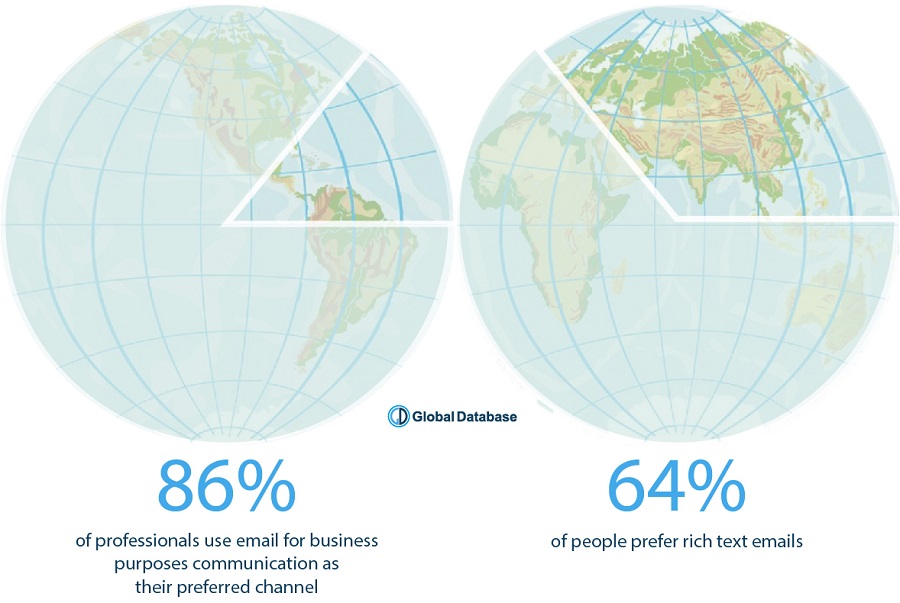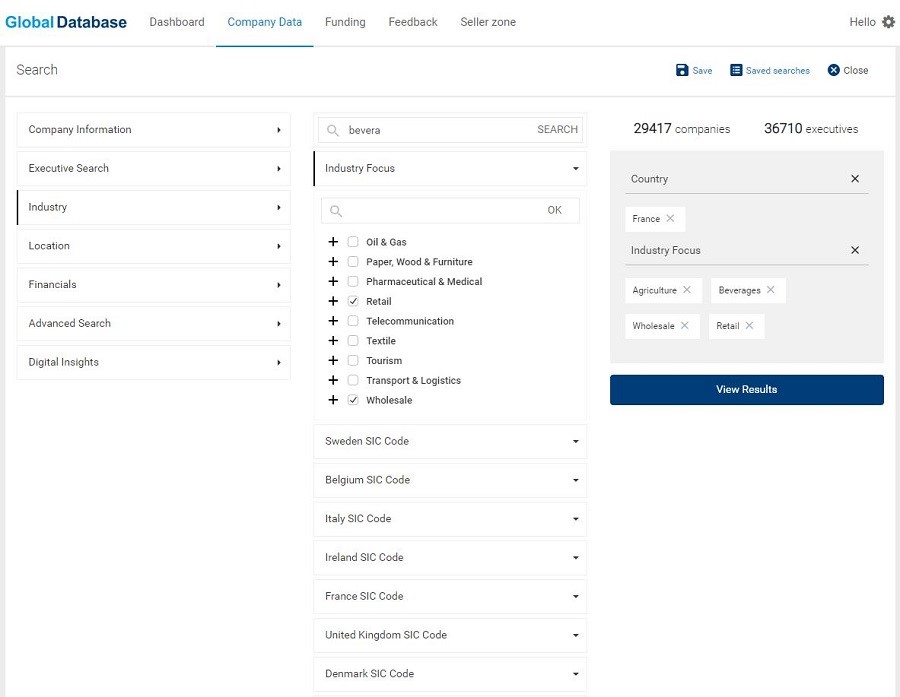Building new trade relationships for either manufacturers or wholesalers has long become more of a protracted process, with complex steps towards mutual trust. No matter what you are looking forward to - expand your current distribution chain or launch on a new market, chances are high that it will not be too easy to accomplish. Therefore, every single step you make should be thoroughly planned and done the right way.
Aspects of wholesale marketing 2019
Similarly to other B2B distribution chain levels, the ways to get in touch with new and potential business partners are the good old ones (cold calling, cold emailing and sometimes cold mailing). To these, new ways such as tradeshows and meetups to attend, online orders’ tracking, company databases, other directories, Linkedin, influencer possibilities and several more add up. No matter which ones you consider using, either separate or combined, the process in most cases will cost you a load of resources.
Taking into account that, according to HubSpot, 86% of professionals currently use email for business purposes communication as their preferred channel, cold emailing still proves to be one of the most popular and efficient.
If you are planning to expand to a new market, you will probably get in touch with regional wholesalers in the first place rather than contact the local retailers right away. This may be an insightful move as local wholesalers would be better aware of the ways and locations where your kind of product would be more appropriate to be sold, and thus will make a better choice of local retailers than you would’ve done remotely or even locally from an outsider’s point of view.

Retail stores oftentimes have a long established audience. Hence, when contacting one of these, regardless of their size, you should be sure that you are on the same page and that you are speaking the same language. Veteran B2B salespeople easily understand who of their counterparts is less experienced and will immediately figure out whether you do or do not have a good sense of the local market. So, unless you are totally sure that you have a thorough understanding of the field, you might consider assigning the choice for the very first deliveries to local intermediaries. On the other hand, there may be their understanding of superiority, which can result in harsher negotiations. Therefore, don’t forget about confidence.
There are two more extremely important perspectives to consider showing a lack of experience. One of these would be avoiding you by the potential business partners right away for the sake of saving their time. When you are new on the market, you may be always looking for advice, or even worse - you’d need one but not be looking for it. Hence, to escape the hustle of babysitting your business development locally, the intermediary will be reluctant to start a business relationship with you. The second perspective, although more common in the case of new businesses and start-ups rather than that of expansions to new markets, retailers and intermediaries might hesitate to close a deal with you, while not being sure that your business will handle new capacities and requirements.
B2B Wholesale Cold Emailing
Regardless of the trade relationship details, there is a set of basic steps you can consider when cold emailing, as described below, to help you end up compiling a sales pitch both attractive and confident.
1. Be brief when introducing yourself
Time is a very expensive resource today. Respect the people you are willing to see as business partners and make your message as brief as possible from the very beginning. Mention your and the company’s name, and share some details about the product in a few words. Although a more detailed introduction would be informative (and oftentimes we do feel that describing our whole history is truly important), it is actually redundant for the first email. This is the part that the reader should be able to scan within a blink, and that would lead him or her straight to the point of your email.
2. Make an upfront requirement
Aside of telling who you are and what your product is, mention the reasons why you are reaching out, and/or state a specific requirement. For example, you can set up an appointment to meet in person, notify about your presence at an upcoming event where the addressee could meet you and see your products, ask for permission to send free samples of your product and other goals you may be willing to contact them for.
The main idea behind making the first two points as short as possible aims at the quickening of the transition to the part of the email where you put the emphasis on the addressee.

3. Build credibility
Although it’s yet another short section of your email, this one should comprise the ‘hook’ of it. After reading this part, your addressee should start to care about your product and even your company. Here, you tell about the successes you’ve achieved together with the companies you are working with.
But do not forget to be brief, and remember that every success you have can be expressed in a single sentence or less. Besides, you should not start taking out all you have up your sleeves. Instead, name just one or two things you are really proud of, especially if it’s something about your business partners’ achievements emerging from the business relationship with your company.
4. Show the advantages you bring to both parties
This is the part where you can really surprise the person you are contacting. No more shocking news about your company, no more bragging about some unique press releases or number of representatives around the country, and so on. Here you address your potential partners’ needs, show them how your product and the collaboration with you will help them achieve 5-7 figure turnovers, or how great of an asset your product can be for their businesses.
One of the best moves would be to provide case studies or success stories of the contribution your product brought to other partners’ sales and how it led to higher margins. Keep in mind here, that what you provide does not mandatory have to replace a product that the business partners are already selling, as in such a way you won’t add much to their sale due to replacement. You should show that you will really add to their revenues by offering a new or different product, instead of being one that aims to take over their shelves. Show that you are willing to bolster their sales, not cannibalize their current products.

Underline the unique features your product brings to intermediaries or retailers. Demonstrate how it can improve the overall image of the addressee’s assortments by bringing in new, fresh and innovative packaging (for example). Besides, the lack of changes on shelves may make them look bleak from the customers’ point of view. Show them that you don’t bring yet another routine product on the market and be ambitious about further development.
Other advantages that you can offer your business partners regard shipment terms and conditions. It is quite common for retailers to forget or for any other reason to not order in advance the products they need. If you position yourself from the very start as a reliable supplier of a product and that you can meet urgent or last-minute orders, you get higher chances for future collaboration.


